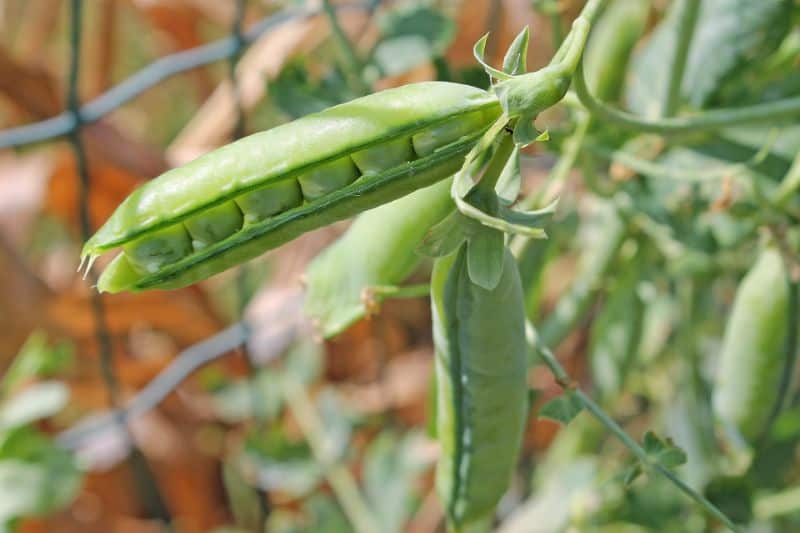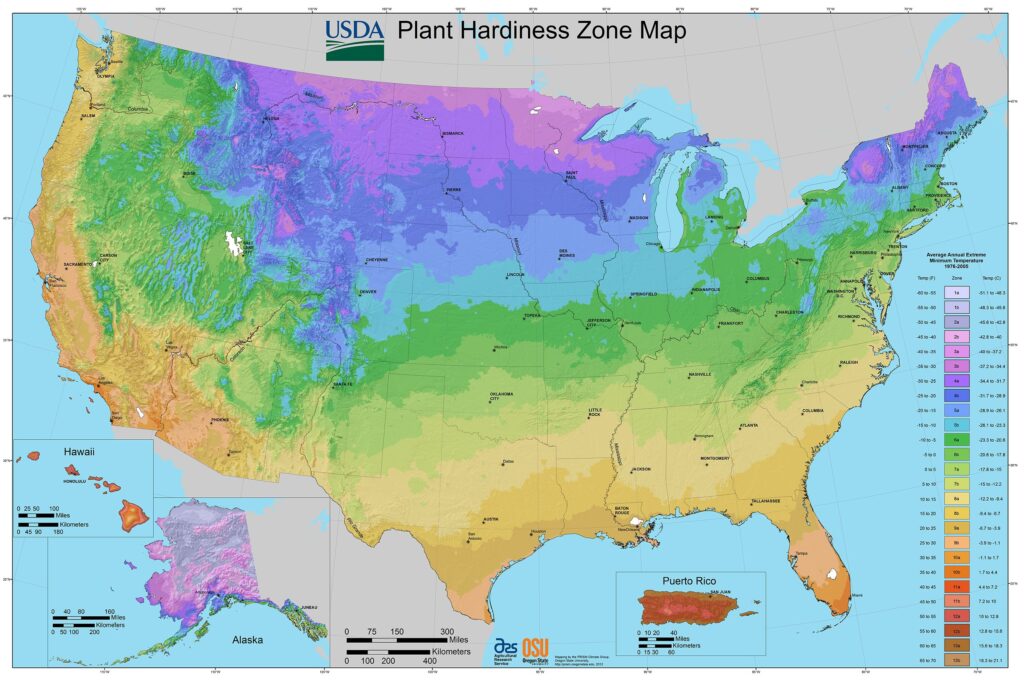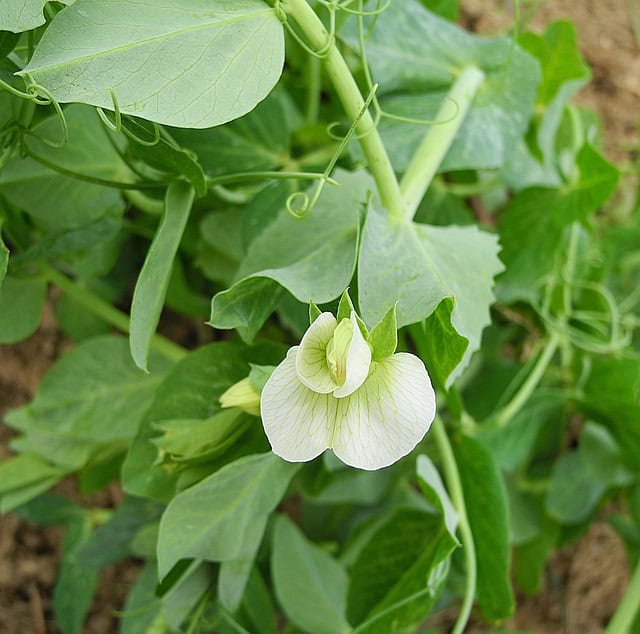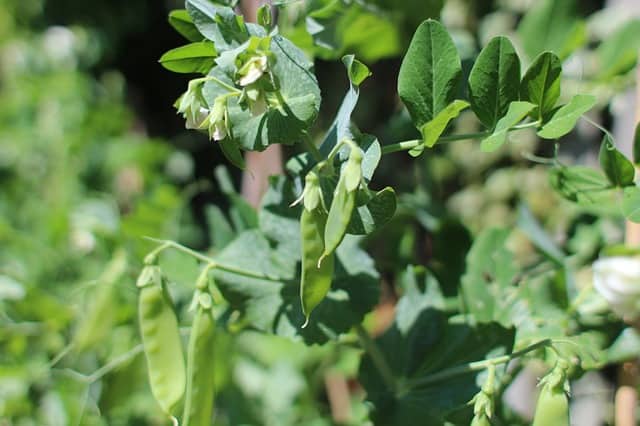Peas are beloved in home gardens for their sweet flavor, versatility in the kitchen, and ease of growth. They are one of the first plants that gardeners can sow each spring, delighting in their early emergence as winter relinquishes its grip.
But when exactly should you plant peas? This question, while seemingly simple, encompasses a range of factors from soil temperature to regional climates. Let’s explore the ideal timing for planting peas, ensuring your garden yields a bountiful harvest.
Understanding Pea Varieties

Before delving into the details of planting, it’s essential to understand the different types of peas. Primarily, there are three varieties that you may encounter:
Snap Peas: These peas are eaten whole, pod and all, and have a sweet flavor and crisp texture. They can be harvested when the pods are bright green and swollen.
Snow Peas: Similar to snap peas, snow peas can be eaten whole but are flatter and more tender. They are harvested before the peas inside the pod fully develop.
Shelling Peas (or Garden Peas): These peas are harvested for their seeds only. The pods are not consumed, and they need to be fully mature for the best flavor.
Understanding the specific type of peas you want to grow will help inform your planting times and care instructions, as some varieties may have slightly different growing requirements.
The Importance of Timing
Timing is crucial when growing peas, as these cool-season crops thrive in moderate temperatures. Peas are one of the few vegetables that can actually tolerate frost and can be planted as soon as the soil is workable in spring. This characteristic makes them an ideal choice for early spring planting, especially before the arrival of the more heat-sensitive crops.
Historically, gardeners in temperate climates have followed an age-old rule: “Plant peas on St. Patrick’s Day.” While this date (March 17 in the northern hemisphere) is a traditional guideline, it’s essential to adjust that timing based on various factors unique to your local environment.
Soil Temperature Matters
The soil temperature is one of the most critical factors in determining when to plant peas. Ideally, the soil should be between 45°F and 75°F (7°C – 24°C) for optimal germination. At temperatures below 45°F, the growth slows significantly, and seeds may remain dormant. Conversely, soil temperatures above 75°F can inhibit germination and result in poor growth.
By using a soil thermometer, you can gauge the temperature of your garden bed before planting. In springs where warm weather arrives early, you might be able to plant peas ahead of the traditional schedule. In cooler climates, you may need to wait until late March or April for the soil to warm up sufficiently.
Regional Considerations

Understanding your regional climate is vital when planting peas. The U.S. Department of Agriculture (USDA) plant hardiness zones provide a good starting point for determining frost dates and planting schedules.
Cool Climates (Zones 3-5): In these regions, conditions tend to be chilly in early spring. It is usually best to plant peas in late March or early April when the soil has warmed.
Moderate Climates (Zones 6-7): Gardeners here can likely begin planting by mid to late March, taking advantage of the fact that peas can withstand a light frost.
Warmer Climates (Zones 8-10): In these areas, you can plant peas as early as late February or even in early January for a fall harvest. However, it’s essential to ensure they’re planted before the sweltering summer heat arrives.
Knowing your growing season helps you plan accordingly. Check local gardening calendars or connect with community gardens for planting dates specific to your area.
The Role of Frost Dates
Frost dates are the benchmarks that every gardener carefully watches. Typically, the last frost date in spring and the first frost date in fall dictate which crops can be successfully grown in a given timeframe.
For peas, being frost-tolerant means you can often sow them well in advance of the last frost date. To ensure your peas are safe, plant them about two to four weeks before the average last frost date. This approach varies based on your climate, so be sure to consult local agriculture extensions or gardening professionals for specific advice.
Preparing the Soil for Planting

A successful pea crop starts with healthy soil. Peas flourish in well-draining, fertile soil with a pH of 6.0 to 7.0. Before planting, consider performing a soil test to determine its nutrient composition. Amend the soil with compost or well-rotted manure to enhance its fertility and to improve its structure.
Once the soil is ready, prepare your garden bed. Remove all weeds and debris, then cultivate the soil to create a fine seedbed. When planting, avoid compacting the soil, as peas prefer loose soil for easy root development.
Sowing Peas: Techniques and Depth

When you’re ready to plant, you can use seeds directly in the garden bed or in raised rows. Sow seeds about one inch deep and two inches apart in rows that are spaced 18 to 24 inches apart. For bush varieties, you might choose to plant them closer together, whereas, for vining types, you’ll want to ensure adequate space for them to climb.
Consider soaking pea seeds in water for a few hours before planting. This can help soften the seed coat and promote faster germination. Once sown, be sure to label rows with the date to keep track of your planting.
Watering and Care After Planting

Once you’ve planted your peas, maintaining proper moisture is essential for germination. Water the seeds gently but thoroughly. If your climate is particularly dry, consider using a mulch to retain soil moisture.
As the plants begin to grow, regular watering is essential, especially during flowering and pod development. However, be careful not to overwater, as peas do not thrive in soggy soil.
Supporting your pea plants with trellises or netting is also crucial for higher, vining varieties. This support can help the plants grow upwards, encouraging airflow and reducing the risk of disease.
Throughout the growing season, monitor the plants for pests such as aphids and pea weevils, and make sure to take action if you notice any infestations.
Harvesting Your Peas

Recognizing when to harvest your peas entails understanding the specific variety you are growing. For snap peas, pick them when the pods are plump and still tender. For snow peas, harvest early in the pod development phase when they are flat. Shelling peas are best harvested when the pods are well-filled and the individual peas are round and sweet.
Regular harvesting encourages further production, so picking peas every few days extends your harvest window and keeps plants productive.
Extending the Growing Season: Fall Planting
While peas are typically grown in spring, it’s also possible to plant them in late summer for a fall harvest in some regions. This late-season planting requires careful timing, but if you can catch the window between the last leafy days of summer and the onset of fall chill, you may enjoy another delicious crop.
For fall planting, aim to sow seeds approximately 6 to 8 weeks before your average first frost date. This gives the plants enough time to establish and produce before the weather turns too cold.
Conclusion: Embrace the Art of Pea Planting
Planting peas can indeed be one of the most rewarding experiences in gardening. By carefully considering the factors discussed—soil temperature, frost dates, and regional climates—you can optimize your planting schedule to ensure a healthy and bountiful crop.





